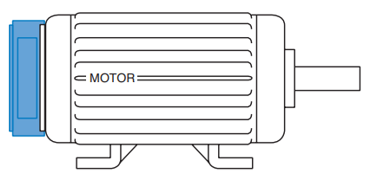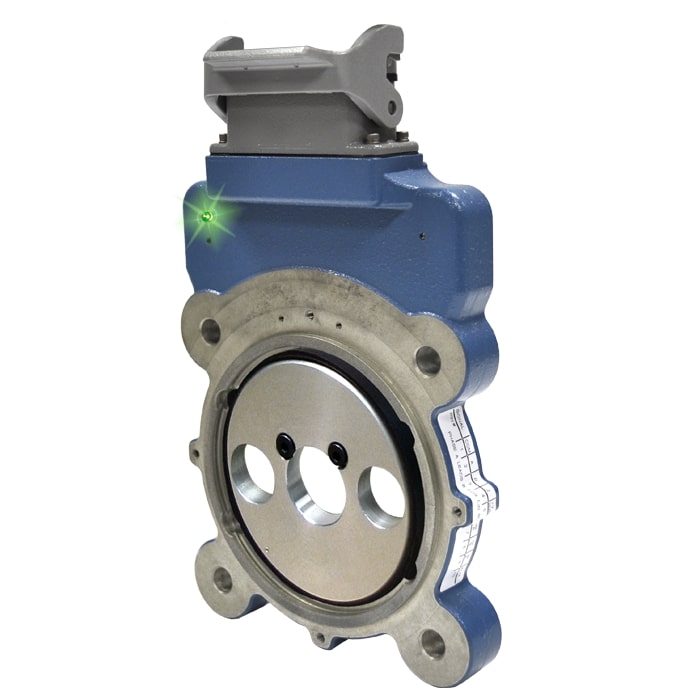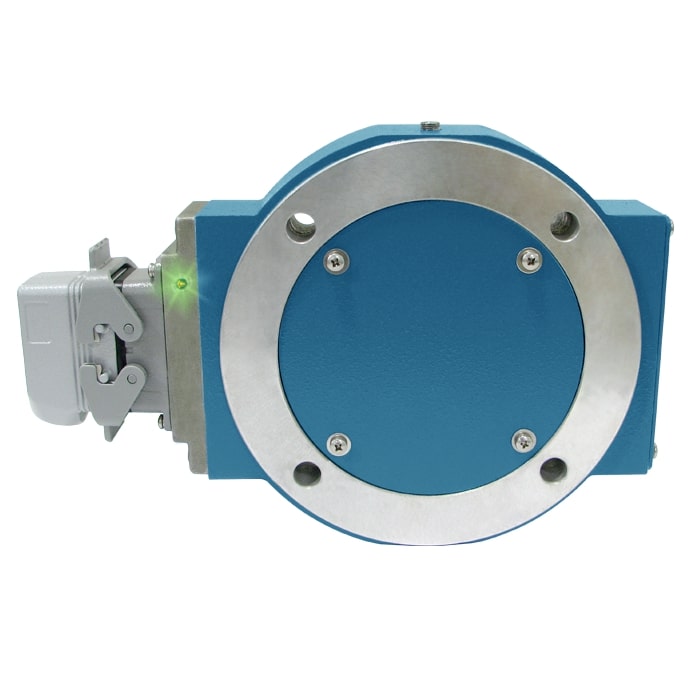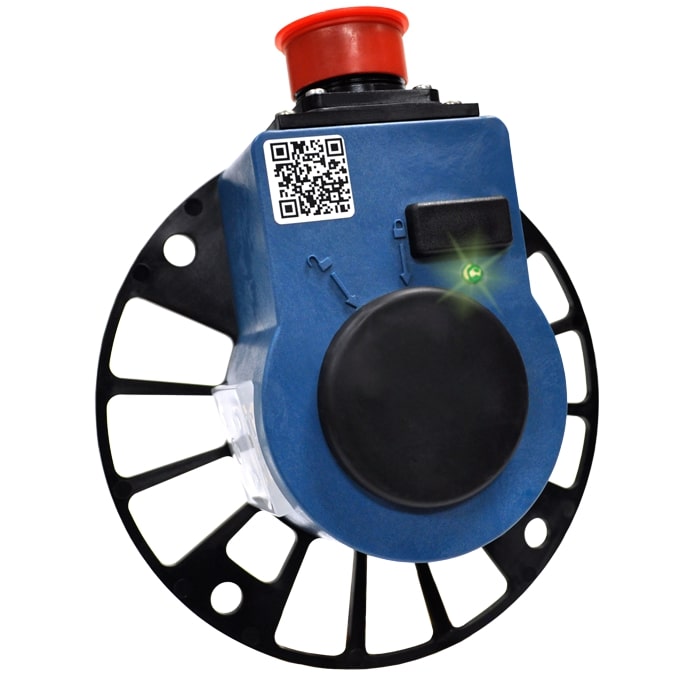BEARINGLESS ENCODERS
What is a Bearingless Encoder?
A bearingless encoder is a type of rotary encoder that does not require bearings to operate. Traditional rotary encoders use bearings to support the shaft and rotor, but bearingless encoders use a non-contact, magnetic sensing technology to detect the position of the rotor relative to the stator and output square wave signals to indicate speed, position or sense of rotation.

How does a Bearingless Encoder work?
Instead of bearings, bearingless encoders use a shaft-less design that has two main components: a magnetic ring and a sensing head. The magnetic ring is mounted directly onto the rotating shaft of the application, and the sensing head is fixed in place near the magnetic ring.
As the magnetic ring rotates, the sensing head detects changes in the magnetic field and uses that information to determine the position of the rotor. This position information is then transmitted to the controller or readout device.
Bearingless Encoder Uses & Applications
Bearingless encoders have several advantages over traditional encoders with bearings, including: improved reliability, increased accuracy, and reduced maintenance requirements. They are often used in applications where space is limited or where traditional encoders may be prone to failure due to harsh environmental conditions.
Looking for a custom solutions?
Do you need custom modifications for your application?
Use the Contact Us form below to tell us what you need.
Contact us

